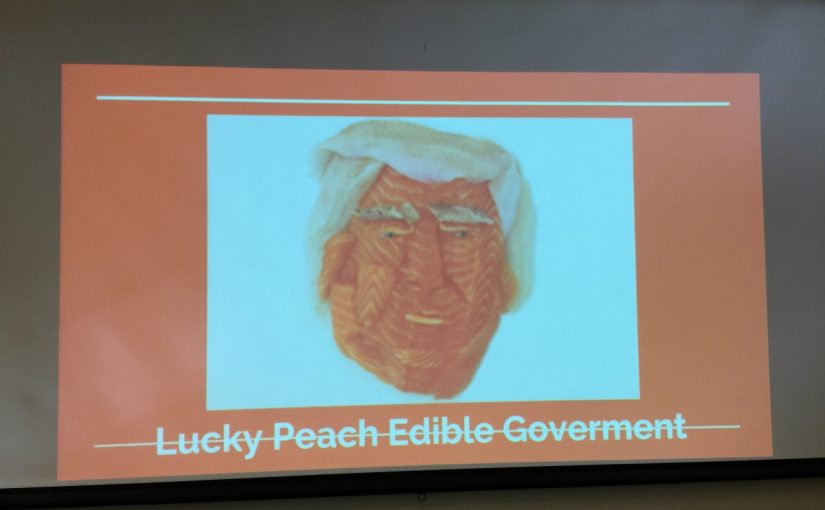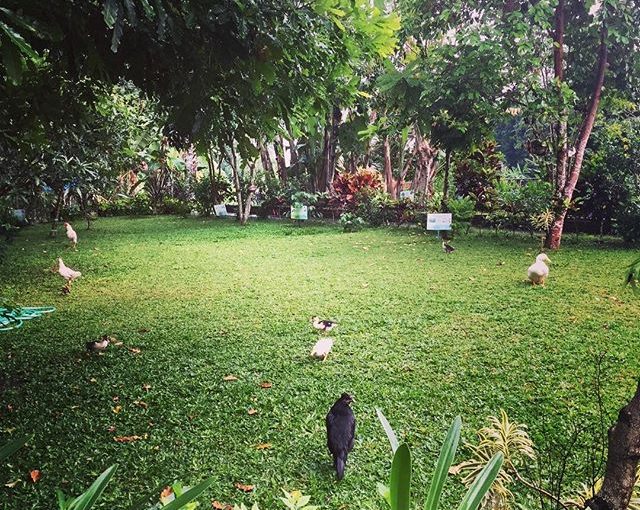This week found me exhausted and reeling, I am just starting to understand the tremendous work and research I have willingly thrown my self into. Fisheries Management is not a cut and dry subject, especially when you throw in the term Salmon. Of course I knew this, working in fisheries management myself, but even now I am seeing a picture that wasn’t available to me before.
So this week my project is basically me starting from step one. Even step one seems substantially unattainable to explain, but I will give it the good ole Evergreen try.
Fisheries Management: The UnComplicated Story Based on escapement counts, and stream surveys conducted every winter, which count the returning adult salmon, the entire coast is giving a quota. This is a catch quota or allotment of fish each state is allowed to take. In Washington this allotment is then divided into Tribal and Non-Tribal Fish Management. The non-tribal quota is then divided by State Agencies into Area quotas. This area quota is divided even further into Commercial and Sport fisheries allotment. The commercial quota is divided into Spring and Summer quotas.
Based on escapement counts, and stream surveys conducted every winter, which count the returning adult salmon, the entire coast is giving a quota. This is a catch quota or allotment of fish each state is allowed to take. In Washington this allotment is then divided into Tribal and Non-Tribal Fish Management. The non-tribal quota is then divided by State Agencies into Area quotas. This area quota is divided even further into Commercial and Sport fisheries allotment. The commercial quota is divided into Spring and Summer quotas.
Fisheries Management: The complicated story
Before quotas can be established there is a long line of varying community interest that first need to stake their claim on allotments. The first of meetings is the PMFC or the Pacific Fishery Management Council. They set the run forecasts and quotas from 3 to 200 miles off of the Pacific Coast. When this meeting concedes the annual North of Falcon conference begins. This event is attended by federal, tribal, state, conservation, and sport fishermen associations. The object being to grab every fish possible. There are often arguments and always critical judgments placed on who gets what. These conflicting interest are, for the most part but not always, trying to claim bigger quotas then the rest. Commercial fishermen want to maximize profits and minimize cost, Sport fishermen want more fishing days and bigger fishing limits, the Tribe wants its treaty rights acknowledged while also focusing on salmon restoration efforts, conservation groups want big restrictions on fishing all together, and the government agencies say they want equality for all but still have self interest to serve. These meetings always set off a firestorm of stereotyping a name blaming for the poor runs forecasted. The atmosphere can be tense.
After an agreement is made on catch quotas the next big ticket item is fishing regulations. This encompasses everything from which poles are legal, how many poles are legal, when to open the season and when to close, daily limits, clipped or not clipped, and what gear can be used and what can’t (net size or hook type).
In the thick of this all are the struggling salmon being symbolically auctioned off before they even reach Washington’s coast or streams. The whirlwind of ‘give me my slice’ often leaves the salmon desperately swimming against a current it has no chance of overcoming. For all intents and purposes Salmon pre-season management acts the same as a commodities future market. The salmon are forced into a contract where they better delivery on time and with big numbers.
Conclusion:
Salmon are in a fast decline. The Chinook and Steelhead Salmon of the Nisqually River Stocks are already considered a Threatened Species, with only around 600 Wild Chinook salmon returning every year. My goal with this post and with this project moving forward is looking into the past and present systems of fisheries management. As you can see we have entered the Rabbit Hole, our next step is down.
For more information you can check out Washington States Department of Fish and Wildlife.





